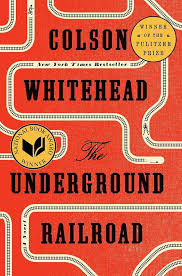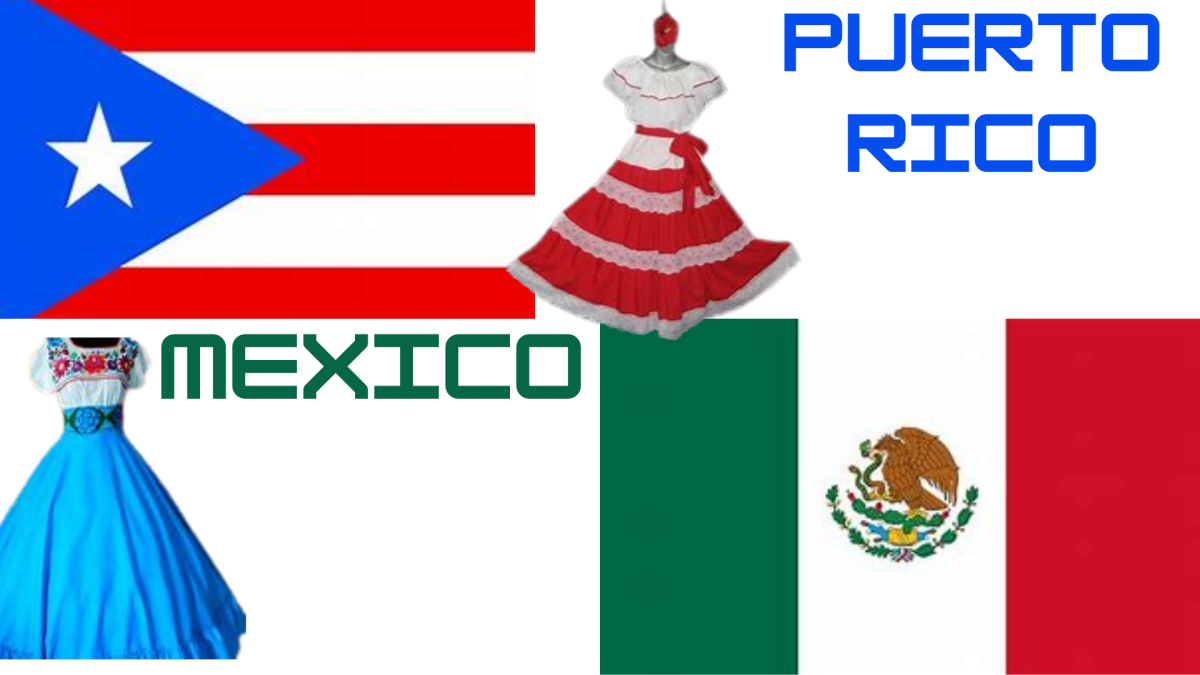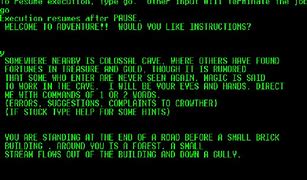The Underground Railroad is one of the most significant examples of resistance to slavery in United States history. Operating from the late 18th century to the Civil War, the Underground Railroad was a covert network of safe houses, escape routes, and anti-slavery activists who helped thousands of enslaved African Americans flee bondage and reach freedom. Today, educators across the country say that teaching this history in schools is essential—not just for Black students, but for all American students seeking a complete understanding of the nation’s past.
The Underground Railroad was not a physical railroad, but rather a symbolic name for the system that developed organically across various states. It is estimated that between 30,000 and 100,000 enslaved people escaped via this network. The number is difficult to confirm due to the secret nature of the operations and the lack of formal documentation.
Key figures associated with the Underground Railroad include Harriet Tubman, who made at least 13 trips into the South and helped around 70 people escape slavery; William Still, who recorded detailed accounts of fugitive slaves; Levi Coffin, a Quaker often called the “President of the Underground Railroad”; and Frederick Douglass, a former enslaved person who became a prominent abolitionist and writer.
The Underground Railroad is a story of agency, bravery, and collaboration. Both free African Americans and white allies participated, often at great personal risk. The Fugitive Slave Act of 1850 criminalized aiding runaway slaves, meaning anyone caught helping could face imprisonment or fines. Despite this, thousands of Americans—Black and white—risked their lives and livelihoods to resist slavery.
From an educational standpoint, the Underground Railroad provides rich material to teach a variety of subjects, including:
-
American history: It provides a clear lens through which to understand slavery, abolition, the Civil War, and Reconstruction.
-
Civic education: It showcases democratic ideals in practice, such as justice, liberty, and resistance to tyranny.
-
Critical thinking: Students are encouraged to analyze complex ethical questions, such as civil disobedience and moral courage.
-
Cultural literacy: It introduces historical figures and practices that have had a lasting impact on American literature, art, and memory.
In recent years, there has been increasing debate over how race and history are taught in American schools. Several states have proposed or passed laws limiting how topics related to race, systemic injustice, or slavery can be taught. In some cases, teachers have reported uncertainty or fear about covering slavery in depth.
Despite these challenges, many educators and historians argue that the Underground Railroad must remain a foundational part of U.S. history education.
First, the Underground Railroad provides crucial context for understanding the full impact of slavery. Rather than focusing solely on the brutality of the system, this history highlights the resistance and resilience of enslaved people and their allies. It disrupts passive narratives and empowers students to see history as a dynamic process driven by individuals and communities.
Second, studies have shown that inclusive history curricula improve academic engagement, particularly among students of color. When students see themselves reflected in history—and when they learn stories of struggle and triumph—they tend to show greater interest in school and stronger academic performance.
Third, the Underground Railroad contributes to historical empathy and moral reasoning. By studying individuals who defied unjust laws, students are invited to consider broader questions about law, justice, and morality—skills that are critical in a democratic society.
Fourth, it connects with geography and local history. The Underground Railroad passed through both Northern and Southern states, and many communities have local sites that were once part of this secret network. Teaching this history allows students to investigate their own communities’ connections to national events.
As of 2023, over half of U.S. states do not require detailed instruction on slavery or the Underground Railroad. In many cases, the topic is mentioned briefly within broader Civil War units, often focusing on key individuals without diving into the wider systemic issues or the grassroots efforts behind the movement.
A 2021 survey of high school history teachers found that while over 80% believed students should learn about slavery and resistance movements, fewer than 40% felt they had the resources or training to teach the Underground Railroad effectively. Many relied on outdated textbooks or supplemental materials from museums and nonprofit organizations.
Several museums and institutions, such as the National Underground Railroad Freedom Center in Cincinnati and the Harriet Tubman Underground Railroad Visitor Center in Maryland, have developed educational toolkits for teachers. These include primary source documents, interactive maps, and oral history projects designed to deepen understanding and student engagement.
In addition, digital archives and lesson plans are increasingly being used in classrooms to bring this history to life. Projects include analyzing coded messages in spirituals like “Follow the Drinking Gourd,” examining escape routes using GIS technology, and reconstructing narratives based on abolitionist newspaper records.
The importance of continuing to teach the Underground Railroad also lies in its enduring cultural and symbolic significance. Terms like “freedom seekers” have replaced “runaway slaves” to better reflect the agency of those who escaped. The stories of these individuals—young and old, male and female, known and unknown—represent core American values: courage, justice, and the pursuit of liberty.
In 2019, the Underground Railroad was officially recognized as a UNESCO “Site of Memory” as part of the Slave Route Project, highlighting its global historical importance. Canada, which was a common destination for freedom seekers, has also invested heavily in preserving this shared history.
Preserving the Underground Railroad in American classrooms ensures that students understand slavery not as an isolated chapter, but as a foundational element of the nation’s development—and more importantly, that they understand how people resisted it.
Educators emphasize that this history is not about making students feel guilt or shame, but about helping them connect with the past in meaningful, transformative ways. It teaches that injustice was not accepted passively, and that individuals—even those without power—could enact change.
As American schools continue to navigate political pressures and curriculum shifts, many teachers, historians, and community leaders argue that the Underground Railroad must remain central to history education. Not only because it tells the story of those who fled oppression, but because it teaches all students the value of fighting for freedom—then and now.












